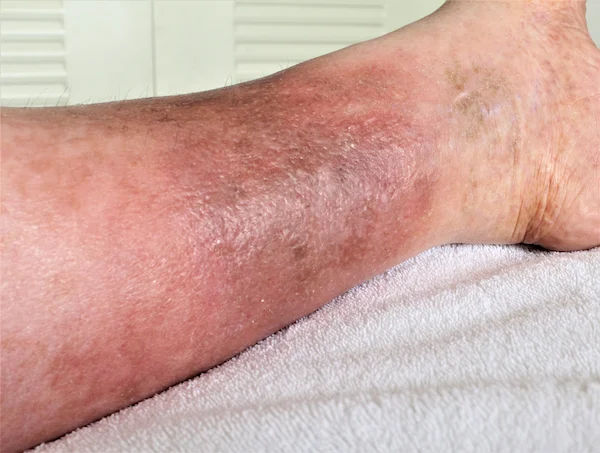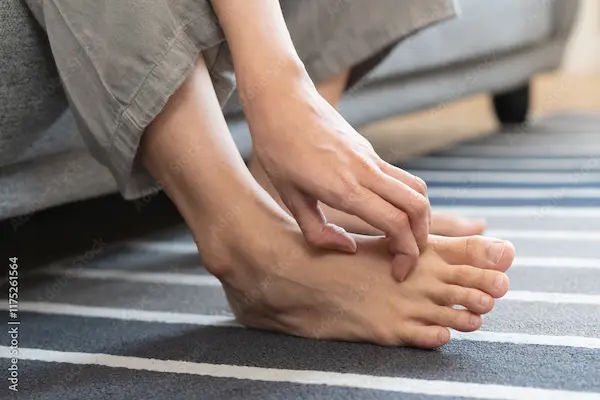- Male
- 56 Years
- 29/01/2025
I'm having some swelling and pitting in my left lower limbs, and it's been really bothering me. I've already done a sugar test, but that doesn't seem to be the issue. The venous scan suggested it might be cellulitis or edema. I'm a bit worried and not sure what to do next. Could you help me understand what might be going on and what steps I should take now?
Answered by 1 Apollo Doctors
The swelling and pitting edema in your left lower limb, with scanning results suggesting cellulitis or edema, may indicate a vascular or infectious issue; consult primary care physician for further evaluation and treatment, which may include antibiotics, compression therapy, and elevation.
Dr. Dhankecha Suggests...
Consult a Dermatologist
Answered 04/07/2025
0
0

More Dermatology Health Queries
View allwhat is psoriasis disease
Psoriasis is a skin disease that causes red, itchy scaly patches, most commonly on the knees, elbows, trunk and scalp.
Answered by 1 Apollo Doctors
I'm struggling with a fungal infection that's been bothering me for over 10 years. I've tried all sorts of tablets and ointments, but nothing really works. Could this be something genetic or hereditary? Is there actually a treatment out there for such a stubborn fungal infection?
treatment is there go for general physician
Answered by 1 Apollo Doctors
I've been using erythego gel for my Rosacea for about a year and a half without issues since it was prescribed by my doctor. But lately, I've developed contact dermatitis, and now every time I apply the gel, it seems to make things worse. Could the gel be causing my contact dermatitis?
Erythego gel contains erythromycin, which is an antibiotic commonly used to treat acne and rosacea. However, some individuals may develop an allergic reaction to erythromycin, leading to contact dermatitis. I recommend stopping the use of erythego gel and consulting with your doctor for an alternative treatment option for your rosacea.
Answered by 1 Apollo Doctors
Disclaimer: Answers on Apollo 247 are not intended to replace your doctor advice. Always seek help of a professional doctor in case of an medical emergency or ailment.





